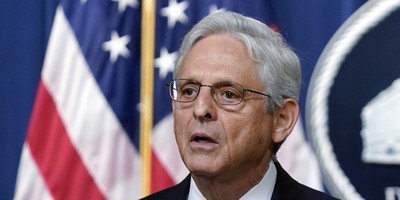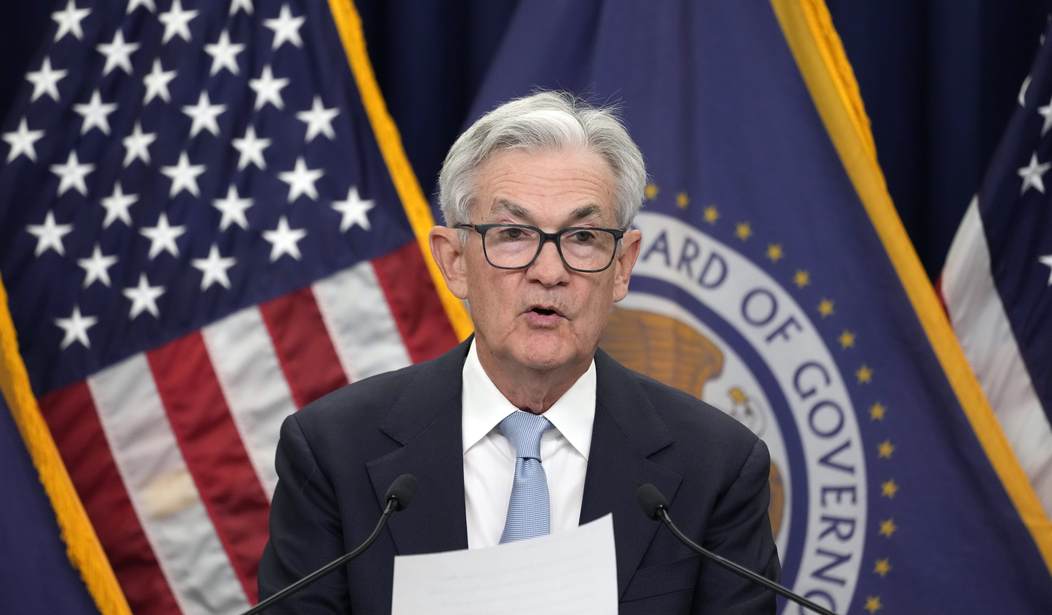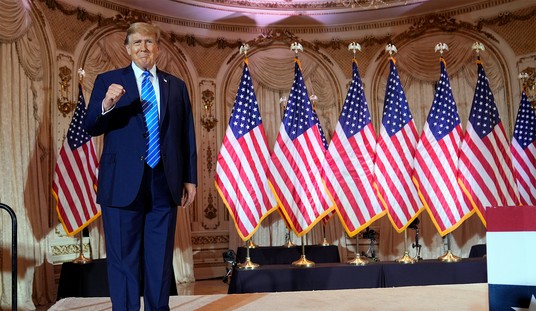Having raised interest rates at its most recent meeting, the U.S. Federal Reserve is contemplating another increase. That is a very bad idea that will damage an already fragile U.S. economy and is designed to throw people out of work.
The Fed has a dual mandate from Congress: to keep prices stable and unemployment low. Accordingly, the Fed bases its interest rate decisions mainly on the rates of inflation and unemployment.
The problem with this strategy is that inflation affects everybody, whereas unemployment mainly hits the unemployed and their families. In its continuous attempts to balance inflation and unemployment, the Fed’s aversion to inflation always wins, because more people will be angry about inflation than unemployment.
The Fed’s incentive structure ensures the worker always loses.
Even by the Fed’s own standards, we don’t need more unemployment at present. The inordinate price inflation of President Joe Biden’s first two years is over, Cato Institute Senior Fellow Alan Reynolds notes: “In the first half of 2023, the annual rate of inflation was 0.6% for the PPI [producer price index], 1.5% for CPI [consumer price index] less shelter, and 2.2% for HICP [the EU’s Harmonized Index of Consumer Prices for the U.S].” That means inflation has fallen below the Fed’s 2 percent target.
Problem solved, right? Break open the champagne.
Not so fast, says the Fed. The July reports show not enough people are out of work, as the Fed sees it. “The unemployment rate fell to 3.5% last month from 3.6% in June,” The Wall Street Journal reports. “Employers raised pay at the same rate as June, with average hourly earnings growing 4.4% in July from a year earlier, slower than last year but remaining well above the prepandemic pace.”
That means workers are enjoying much-needed salary gains and steadier employment. To the Fed, by contrast, it means workers are becoming too powerful and will cause price inflation by demanding more money and forcing employers to raise prices to consumers.
Recommended
That ignores a critical part of the equation: employee productivity. Productivity of nonfarm private-sector workers is back on the increase after a strong decline in the first six quarters of the Biden administration. It’s up by 1 percent from last year’s anemic productivity, which was more than 2 percent below the 2021 figure.
As labor productivity rises, we get more goods and services from each private-sector worker, on average. In addition, the overall employment rate and total private-sector employment are both rising at present. That creates a further increase in goods and services.
It is only fair that workers share in the increase in national wealth they are helping to create.
The Fed, however, looks at the decrease in unemployment and ignores the fact that the workers have earned the increase in their bargaining power. Thus the Fed views low unemployment as a sign of future inflation, which must be discouraged, mainly by raising interest rates.
People are thrown out of work, businesses go bankrupt or cut back production, wages stagnate, increases in the supply of goods and services slow down or reverse into declines, government debt becomes more expensive and places a greater tax and debt burden on the people, government spending rises to pay the debt interest and to buy votes from help the unemployed and others affected by the economic retrenchment, and so on.
This all happens because the Fed has more to fear from inflation than from unemployment. The Fed was created by Congress, and the Fed’s seven governors and chair are nominated by the president and confirmed by the Senate. So, when the pols get punched in the gut by public dissatisfaction about the economy, the Fed feels the pain.
The politicians, too, fear the majority, and thus inflation, far more than the minority thrown into unemployment, however much they may claim to be bothered by the latter. Politicians also love spending tax money with which to buy votes from grateful beneficiaries, and overspending is a proven way to create inflation.
What all this means is that the power to prevent inflation and the ensuing recession is entirely in the hands of Congress and the president. That means the voters who put them in office are ultimately to blame for these economic ills. Until the voters insist that the feds cut spending and stop feeding the inflationary beast, low unemployment will be a figure of dread and workers will suffer.
S. T. Karnick is a senior fellow and director of publications for The Heartland Institute, where he edits Heartland Daily News and writes the Life, Liberty, Property e-newsletter.

























Join the conversation as a VIP Member